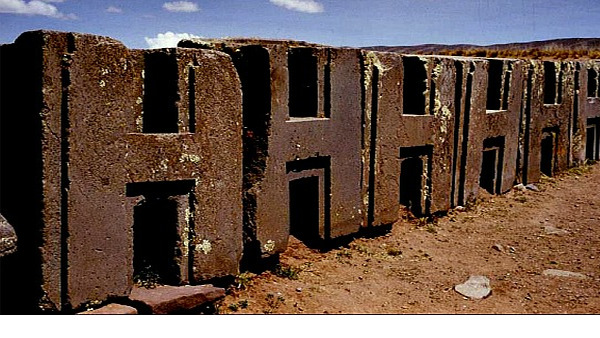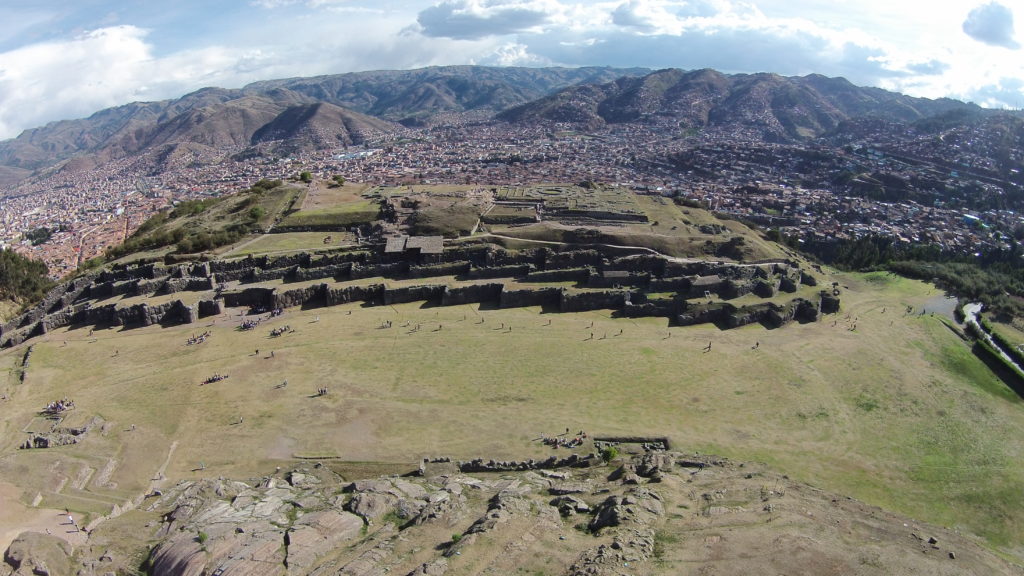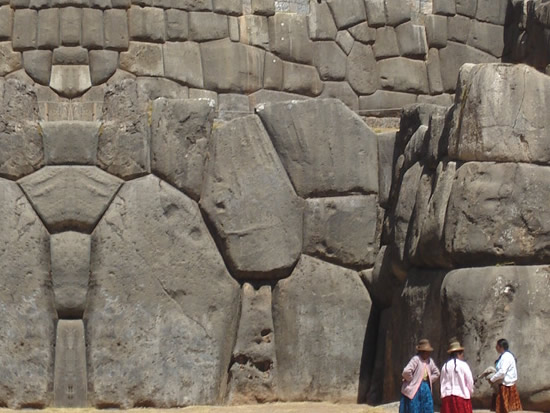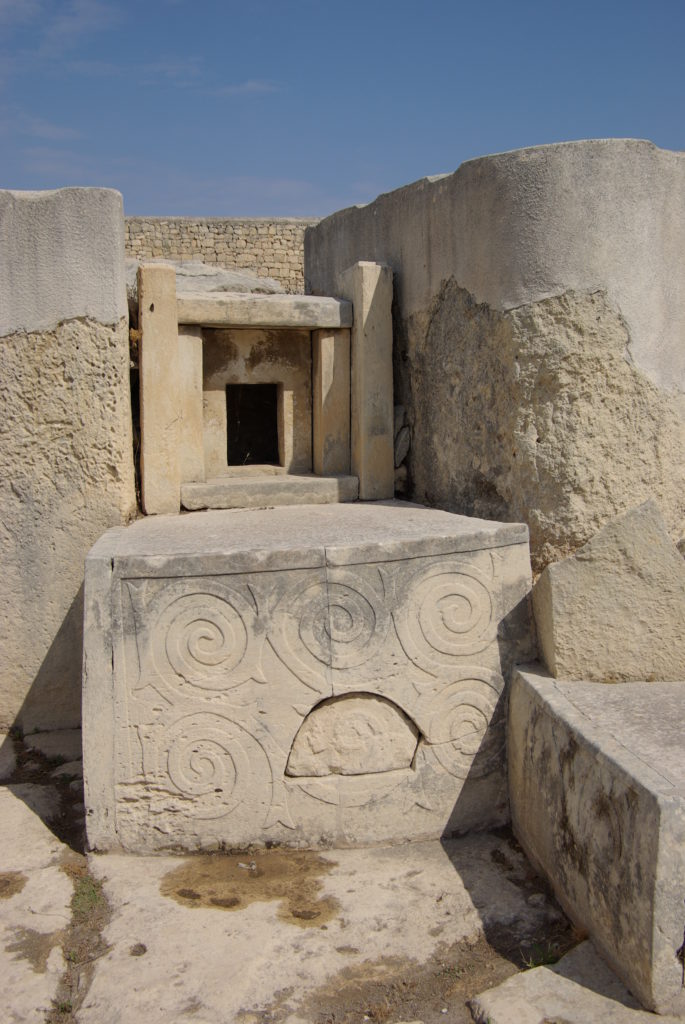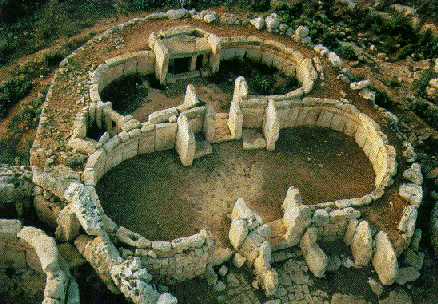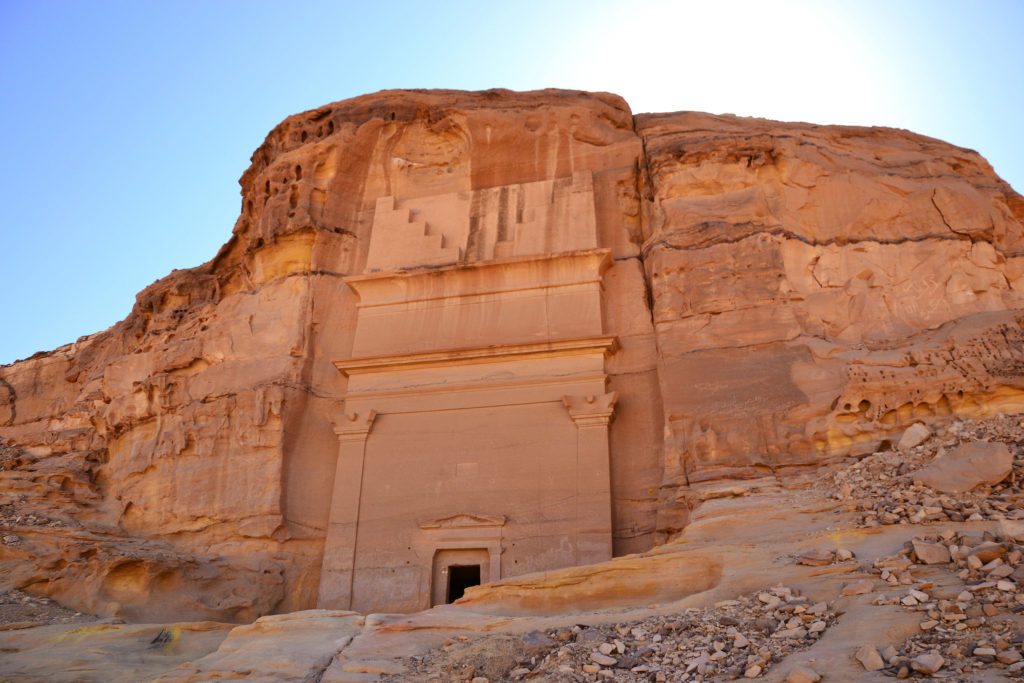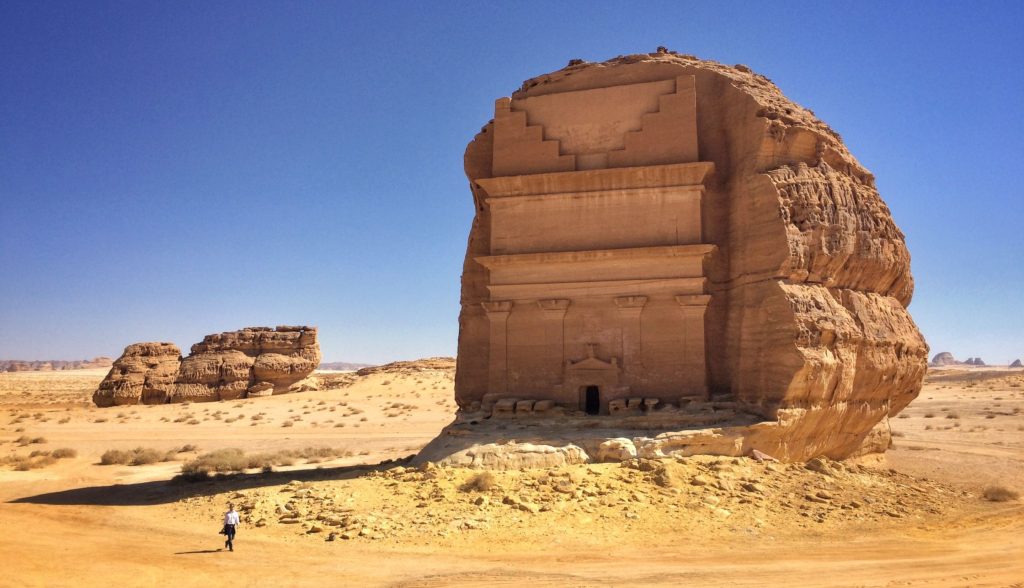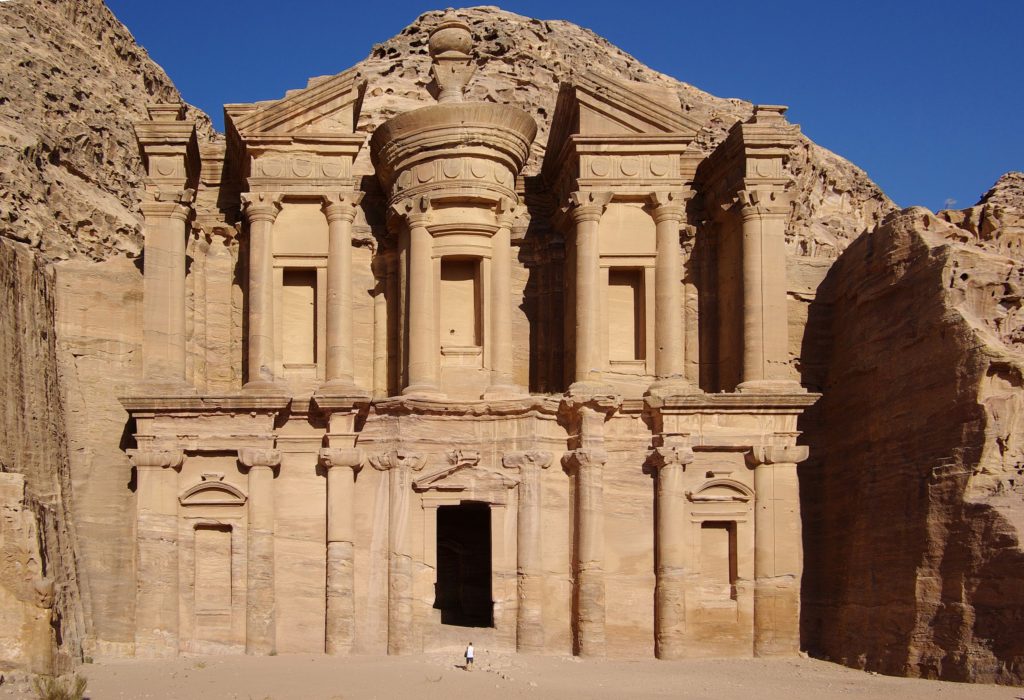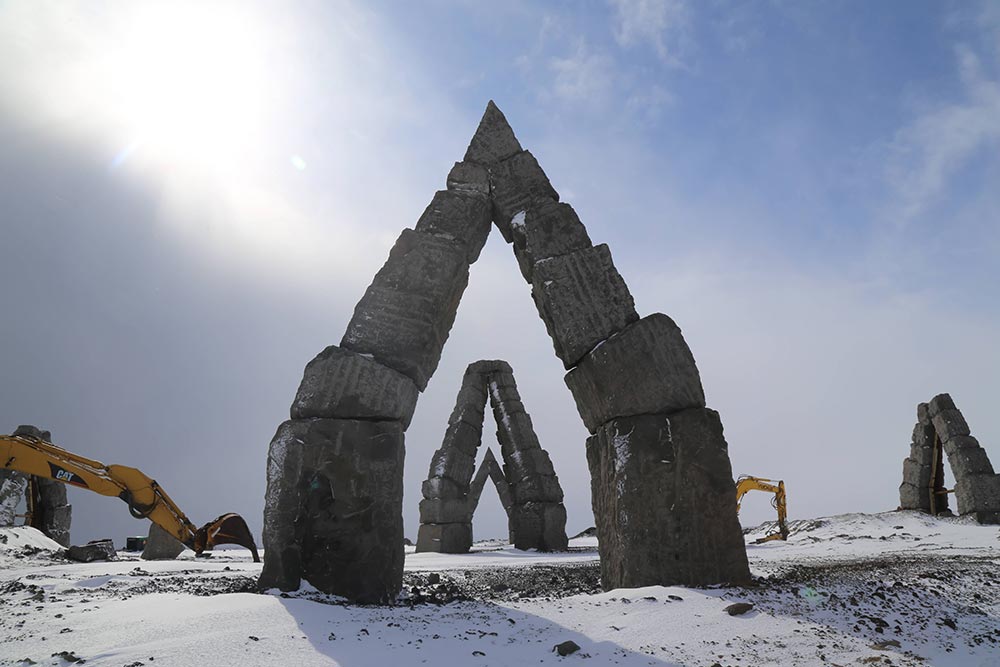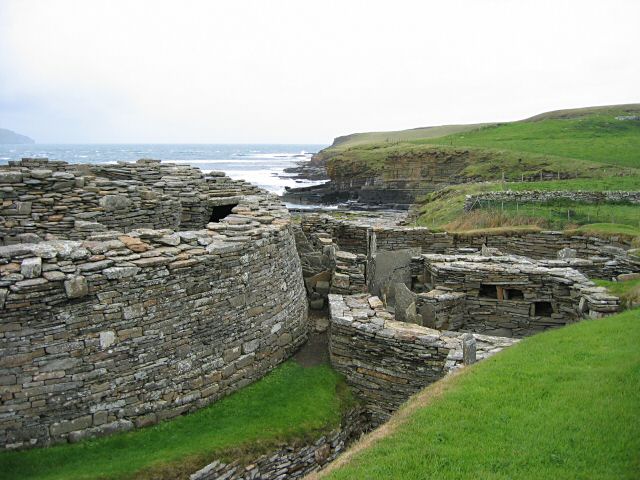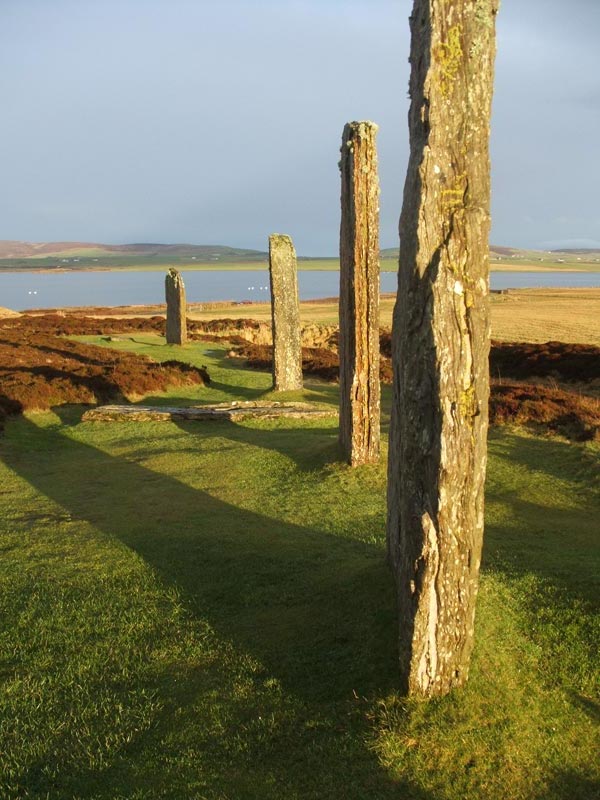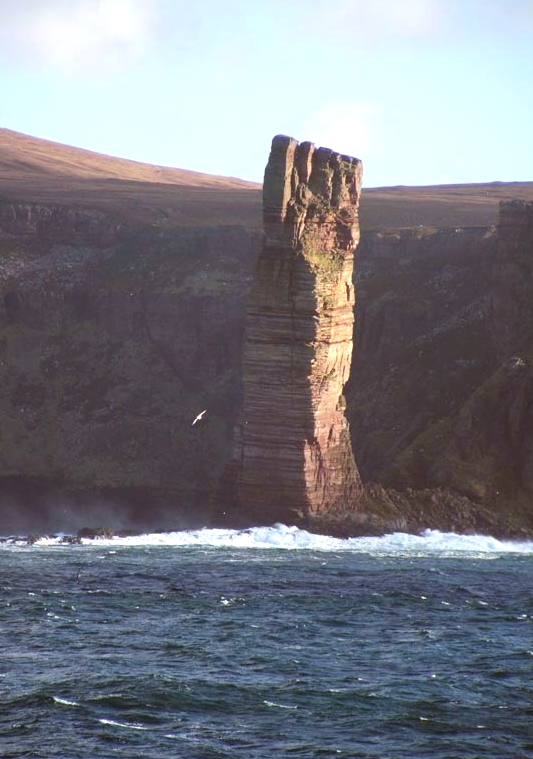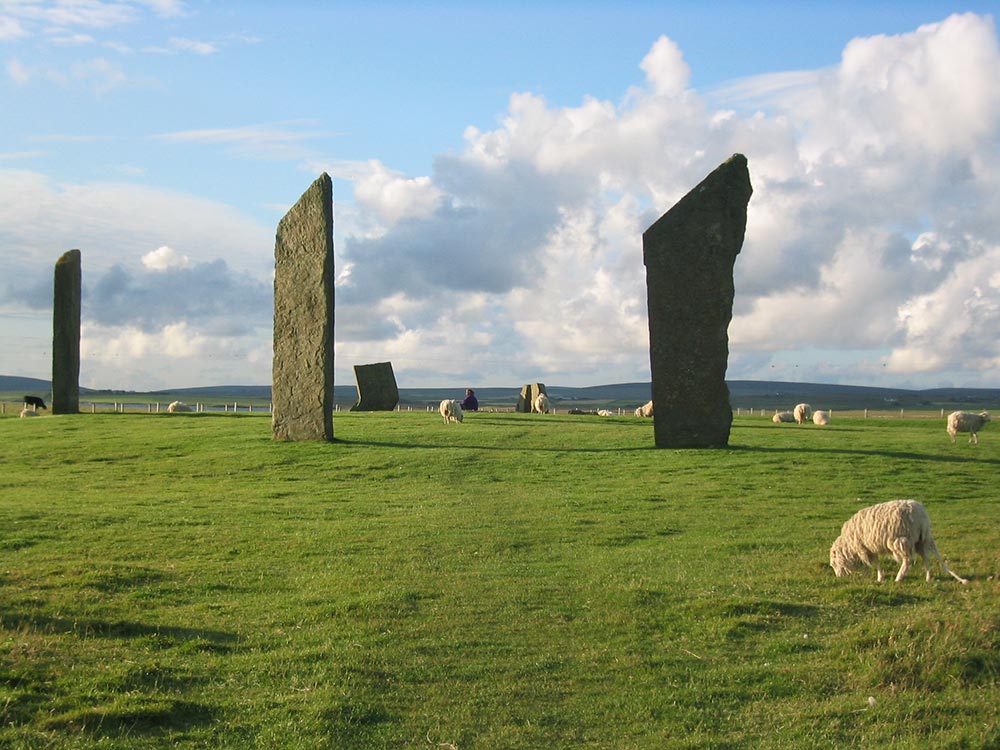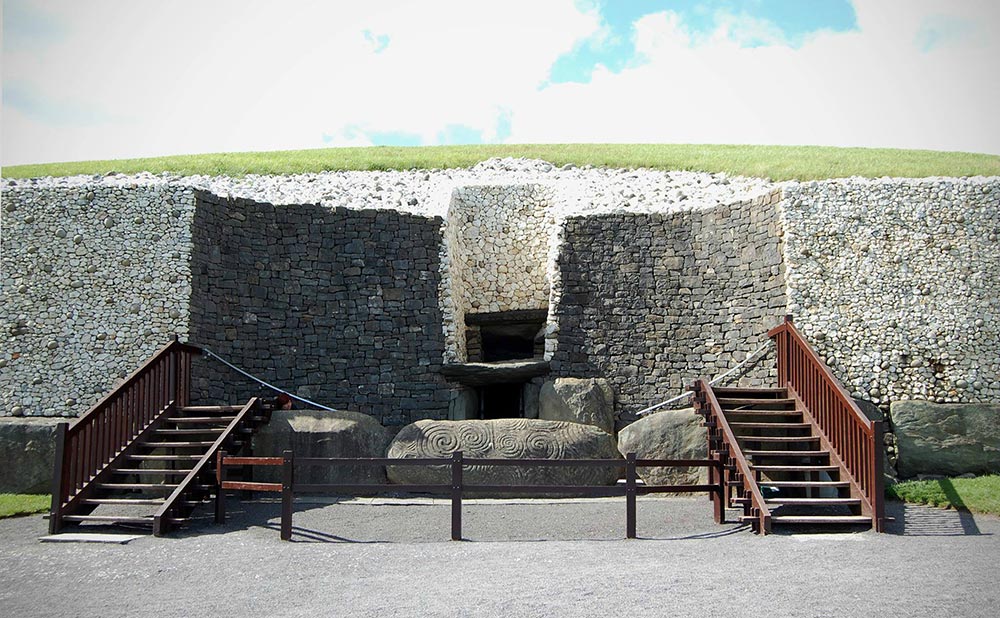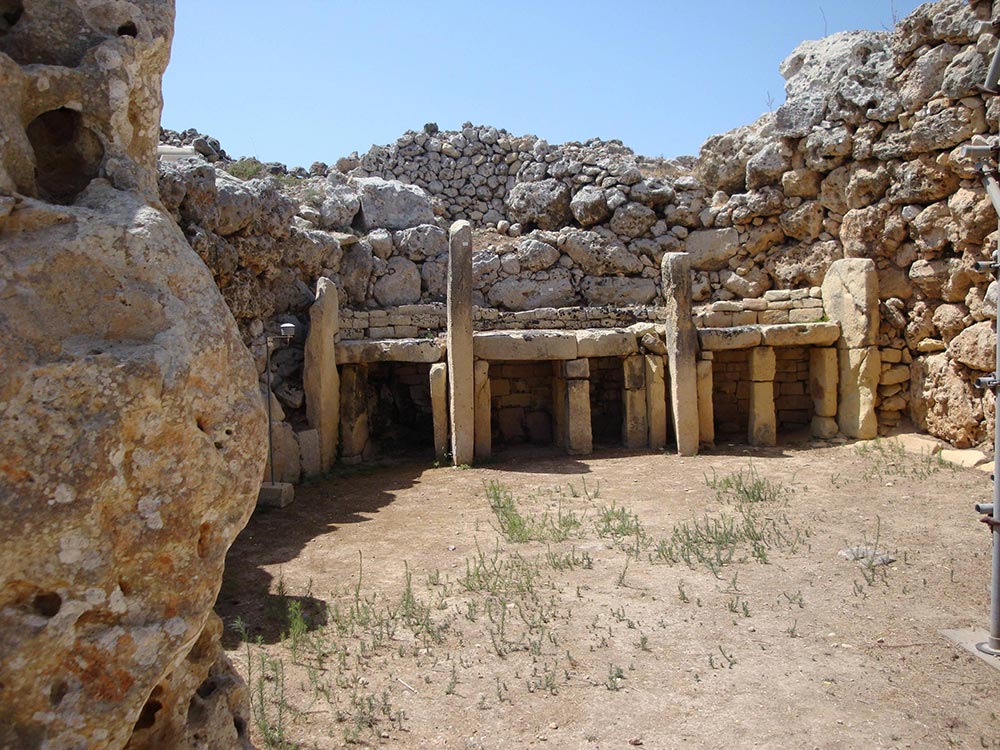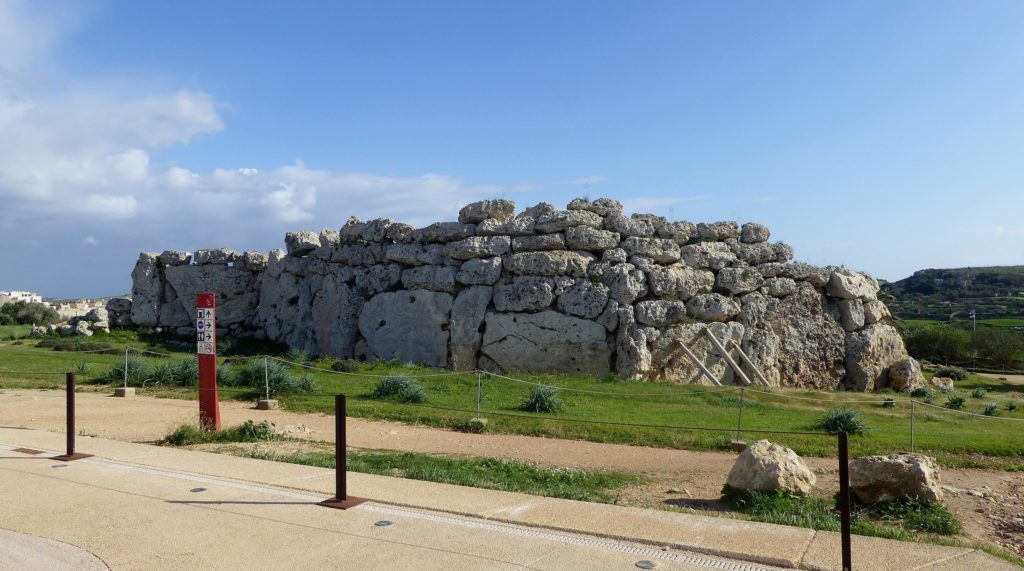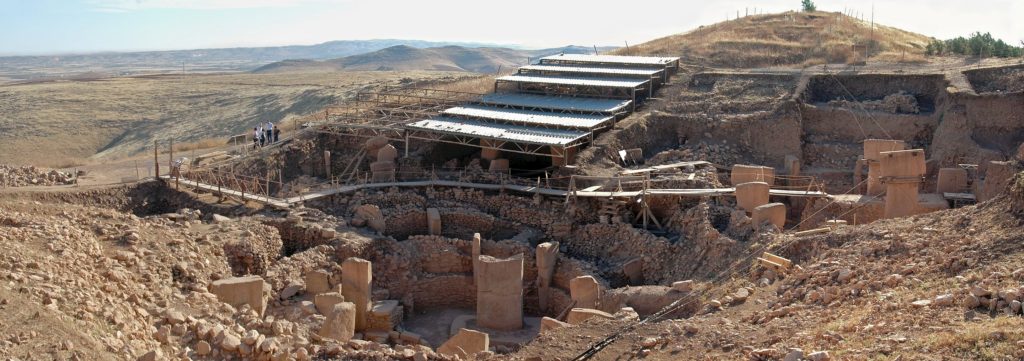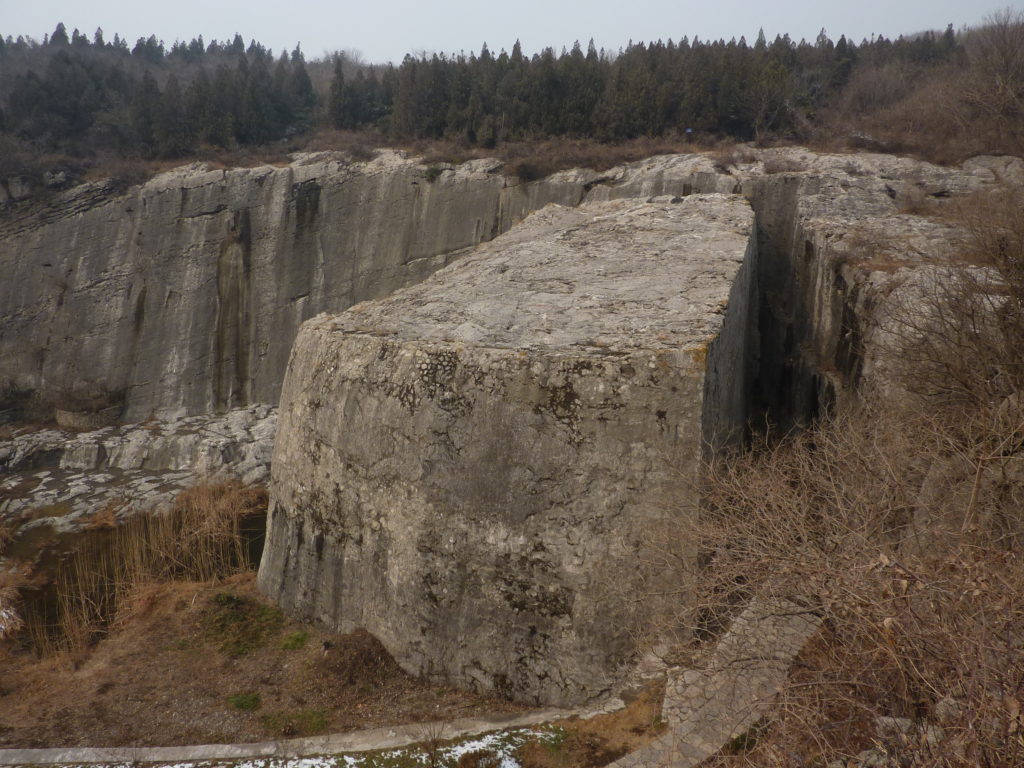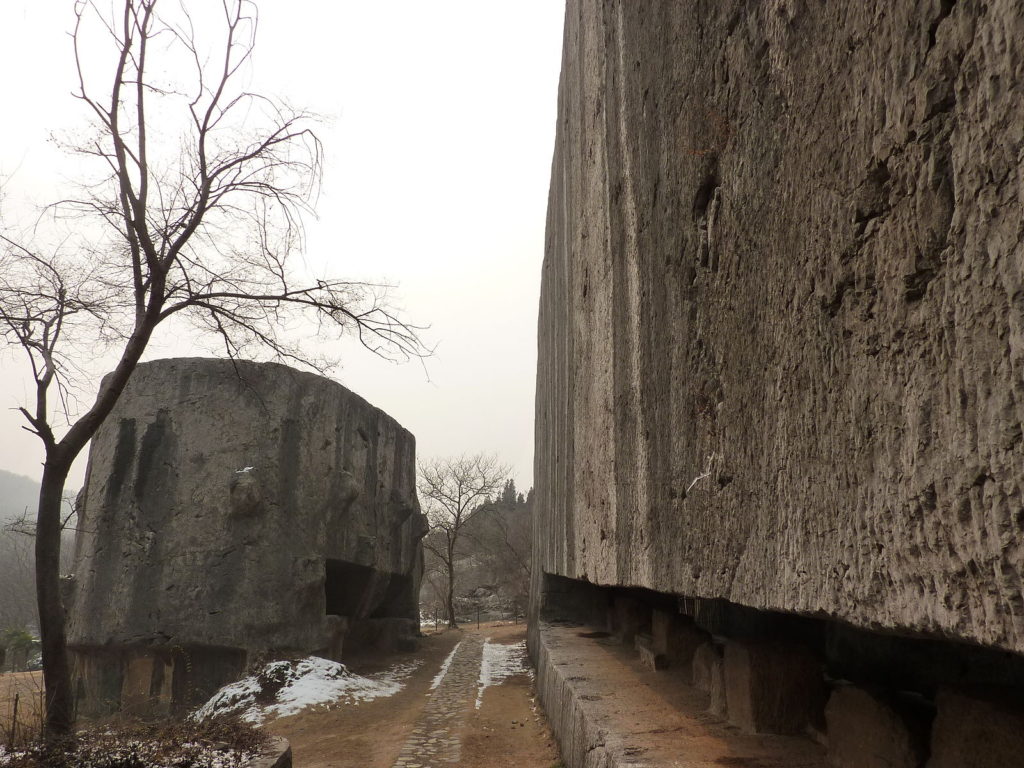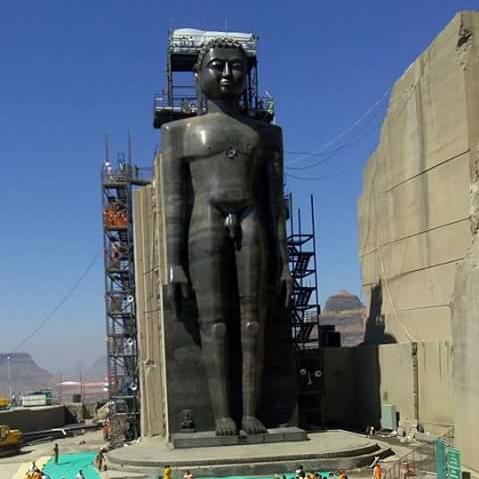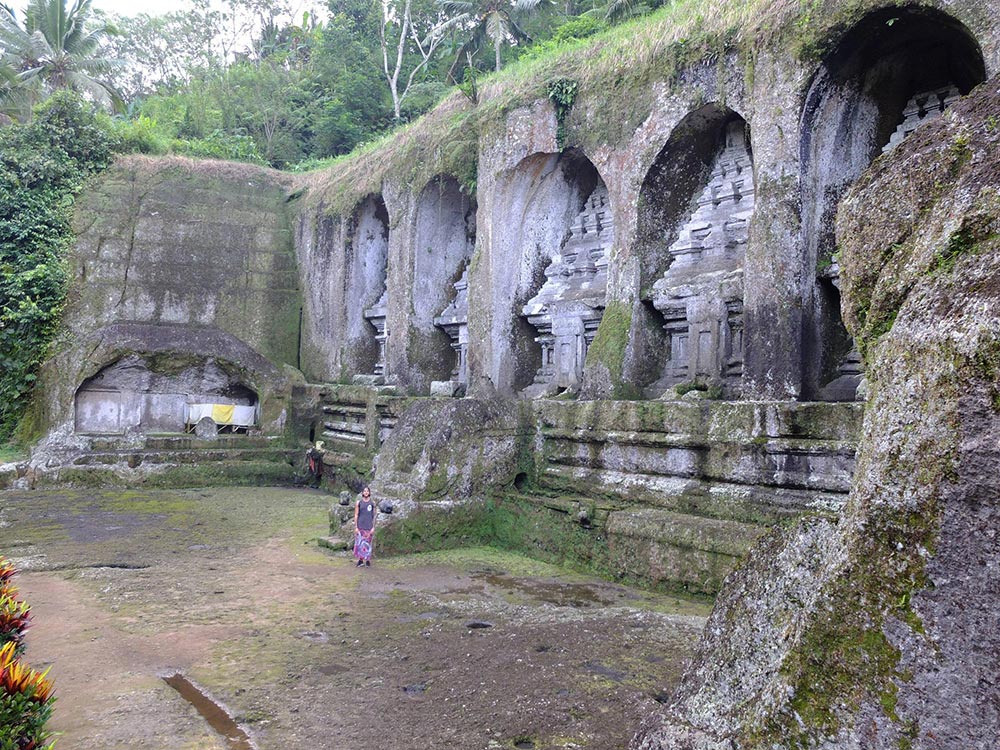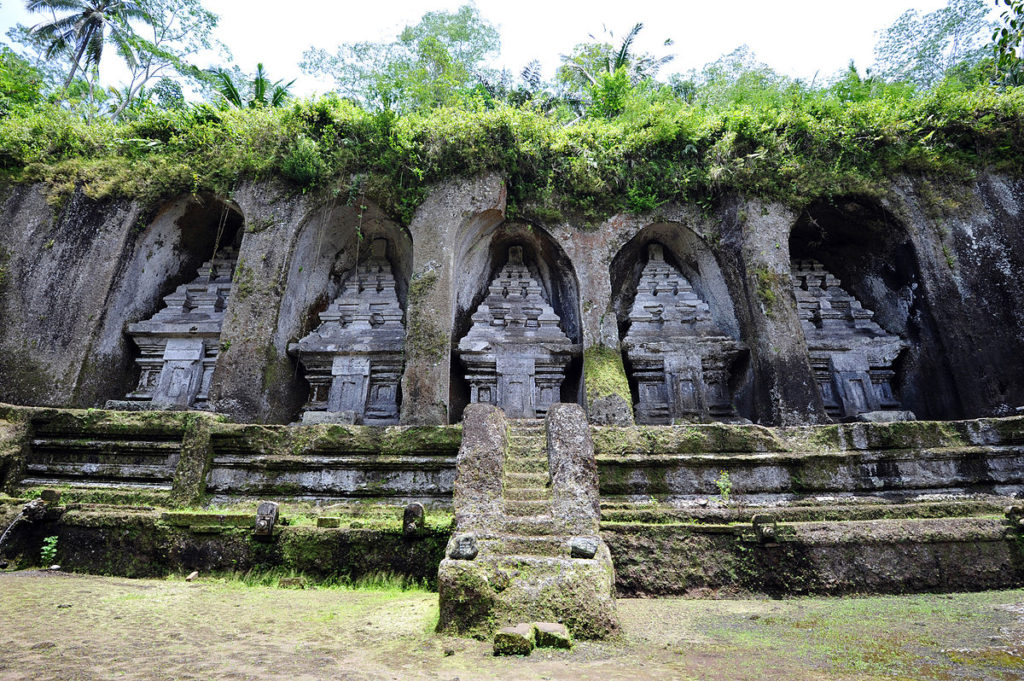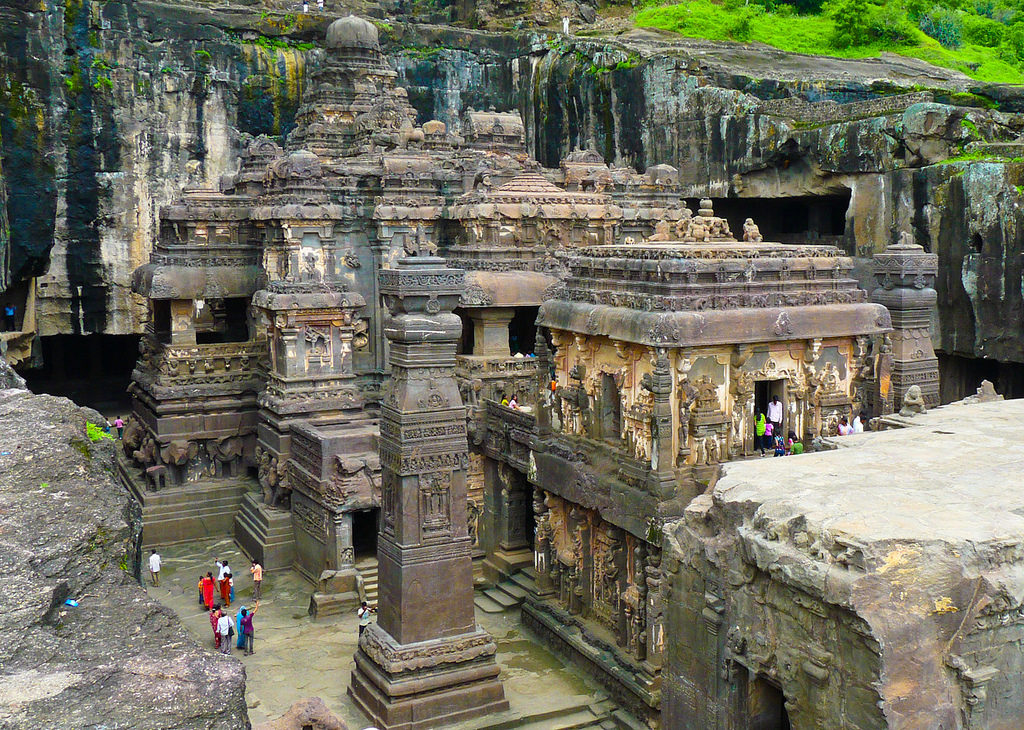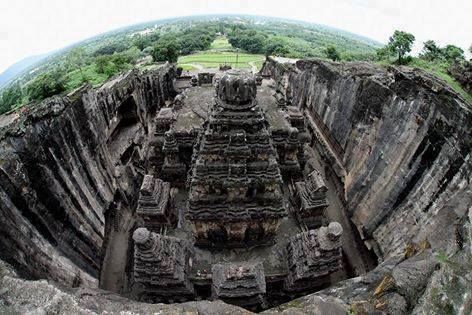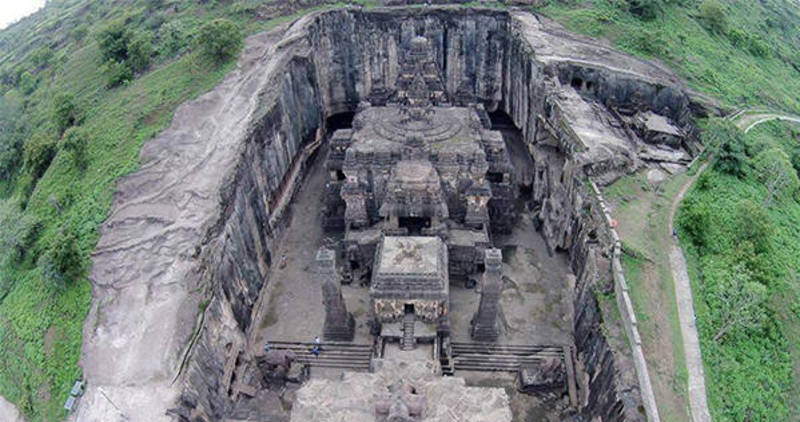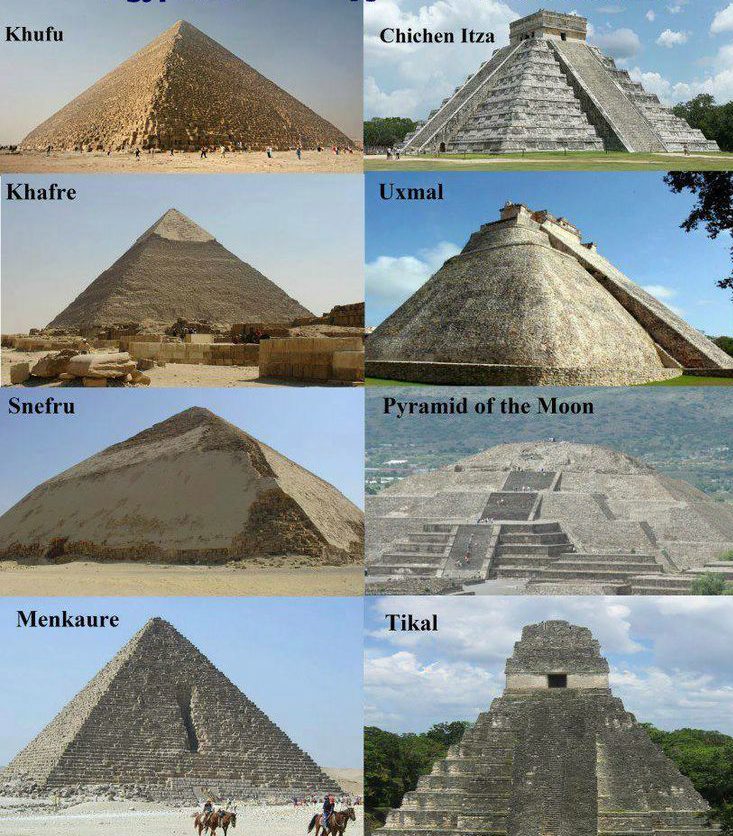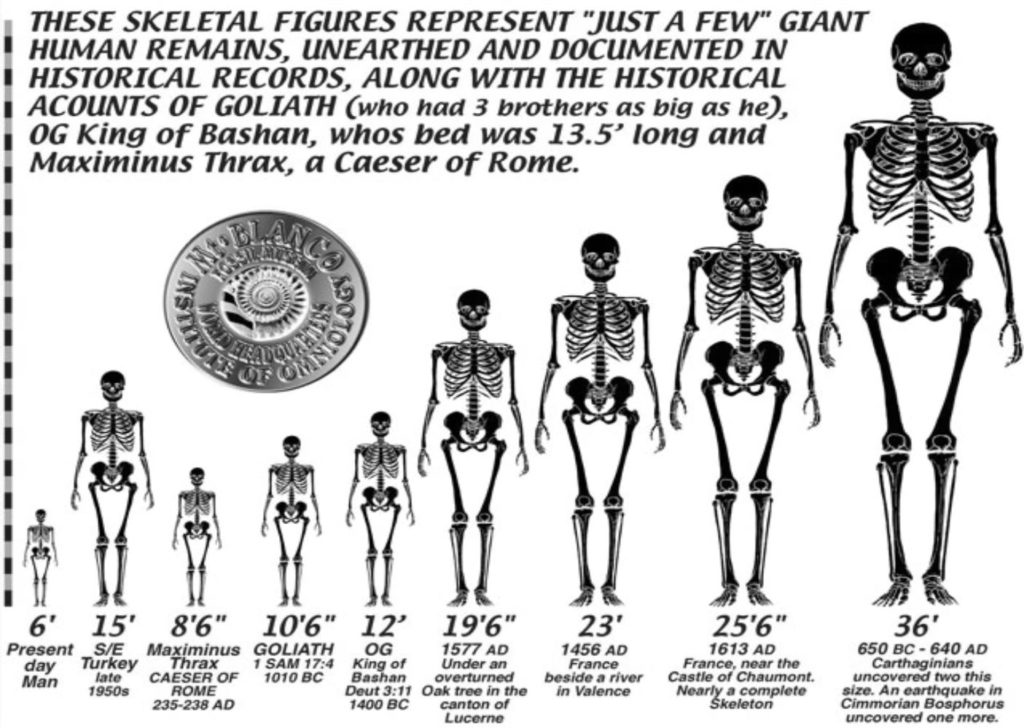Megaliths
Temple of Baal-beck (Lebanon)
Over 300 ton stones moved from a quarry 5 miles and lifted 25 feet in the air, and placed together so closely that you couldn’t fit a razor blade or a piece of paper in between them. We don’t have cranes anywhere in the world that can lift near the weight of what these things are. The three stones used in the temple base measure 290 feet long and 160 feet wide and weight an astonishing 750-800 tons each. Nearby, in a quarry, sits an unused stone that weighs 1200 tons. That’s the weight of 3 passenger airplanes. How did these ancient masons (maybe Roman, but speculated to be much older than the Roman occupation) cut, transport, and lift these massive stones on top of other stones weighing 350 tons each?

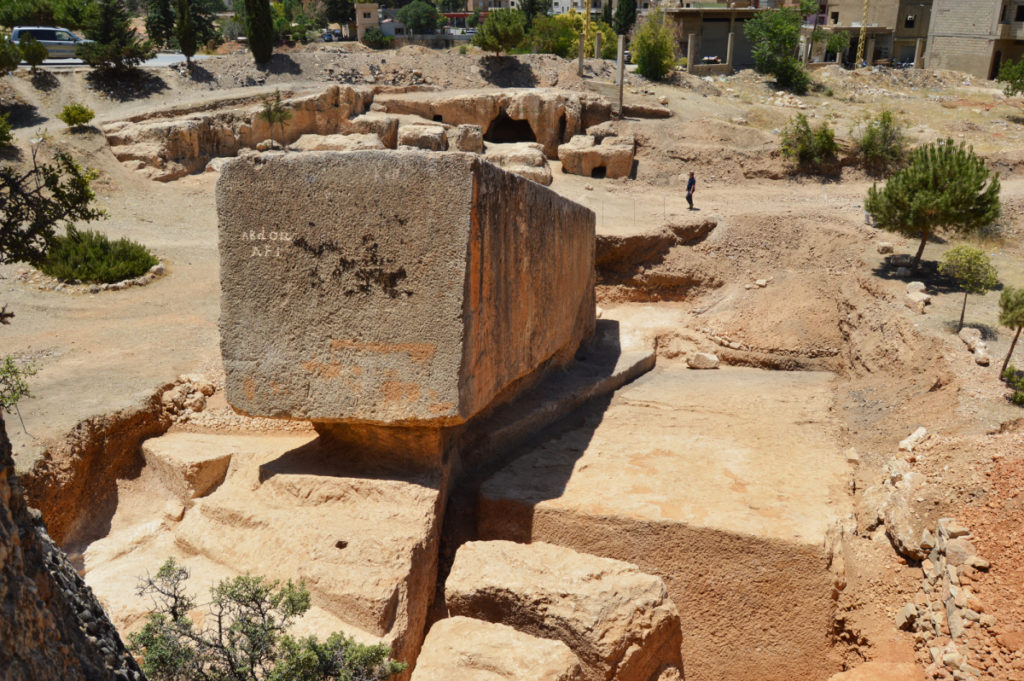
Puma Punku (Bolivia)
The mysterious ruins of Puma Punku are located in Bolivia, South America, in the Andes Mountains, 45 miles west of the country’s capital La Paz, at an altitude over 12,000 feet. What baffles researchers of Puma Punku the most is how the place was built, given the size and mass of the megaliths (up to 26 feet and hundreds of tons). Mainstream science proposes the blocks were shaped by hand, with primitive tools that were available to the people living in the area in that era. Yet, engineers and architects who have had a chance to take a closer look at the ruins are positive that the builders of Puma Punku to achieve the results must have excelled in planning, logistics as well as have applied some sophisticated technology. Even a brief examination of the stone work seems to suggest that some sort of precision, power tools must have been used to achieve the results. The stones are cut to a millimeter precision, with very accurate right angles. Sharp precision-corners and smooth drill-holes are carved in granite, which is one of the hardest materials on Earth. You need a diamond to be able to cut granite with that level of precision.
The Moai of Easter Island
The Polynesian Easter Island is famous for its “maoi”: the 887 giant human figures with enormous heads that guard its coastline. Roughly 500 years old, these monolithic statues stand 13 feet high and weigh 14 tons but some are twice as tall and much heavier. How could human beings without sophisticated tools or knowledge of engineering, craft and transport such incredible structures?
Stonehenge
Malta
Malta, Tempel von Taxien, Altar. Kopie, das Original befindet sich im National Museum of Archaeologie in Valetta.
Madaini Saleh in Saudi Arabia
Petra, Jordan
Arctic Henge, Raufarhöfn, Iceland
Orkney Island, Scotland
County Meath, Ireland
Ġgantija, Megalithic Temple Complex in Malta
The World’s Second Oldest Manmade Religious Structure (After Göbekli Tepe). Ġgantija (Maltese pronunciation: [dʒɡanˈtiːja], “Giants’ Tower”) is a megalithic temple complex from the Neolithic on the Mediterranean island of Gozo. The Ġgantija temples are the earliest of the Megalithic Temples of Malta. The Ġgantija temples are older than the pyramids of Egypt. Their makers erected the two Ġgantija temples during the Neolithic (c. 3600–2500 BC), which makes these temples more than 5500 years old and the world’s second oldest existing manmade religious structures after Göbekli Tepe. Together with other similar structures, these have been designated a UNESCO World Heritage Site, the Megalithic Temples of Malta. The temples are elements of a ceremonial site in a fertility rite. Researchers have the numerous figurines and statues found on site associated with that cult. According to local Gozitan folklore, a giantess who ate nothing but broad beans and honey bore a child from a man of the common people. With the child hanging from her shoulder, she built these temples and used them as places of worship.[1][2]
Göbekli Tepe
Yangshan Quarry
The Yangshan Quarry (Chinese: 阳山碑材; pinyin: Yángshān bēi cái; literally: “Yangshan Stele Material”) is an ancient stone quarry near Nanjing, China. Used during many centuries as a source of stone for buildings and monuments of Nanjing, it is preserved as a historic site. The quarry is famous for the gigantic unfinished stele that was abandoned there during the reign of the Yongle Emperor in the early 15th century. In scope and ambition, the stele project is compared to other public works projects of Yongle era, which included the launching of the Treasure Fleet for the Zheng He expeditions and the construction of the Forbidden City in Beijing.[1][2]
The unfinished stele body (right) and the stele head (left). The work on the dragon design had been started on the head before the project was abandoned
stone quarries of ancient Egypt in Aswan (Assuan), Egypt
The unfinished obelisk is the largest known ancient obelisk and is located in the northern region of the stone quarries of ancient Egypt in Aswan (Assuan), Egypt
The Statue of Ahimsa is located at Mangi-Tungi
The Statue of Ahimsa is located at Mangi-Tungi, near Nashik in the Indian state of Maharashtra. It is the tallest Jain statue in the world.
The statue depicts the first Jain Tirthankara, Rishabhanatha.[3] The statue is 108 feet (32,9 meters) tall – 121 feet (36,8 meters) including pedestal.[3][4] The statue has been carved out of the Mangi-Tungi hills, which are considered to be sacred by the Jains. This statue holds the Guinness world record for the tallest Jain Idol. The certificate was awarded to Ganini Gyanmati Mataji, Chandnamati Mataji and Swami Ravindrakirtiji on 6 March 2016.[5]
The statue was built by the inspiration of Supreme Jain Sadhvi Ganineepramukh Aryika Shri Gyanmati Mataji, and under the guidance of Aryika Sri Chandanamati Mataji. The chairman & director of the project is Swami Raveendra Kirtiji. The construction of the statue started in 2002 under the guidance of Chief Secretary Dr. Pannalalji Papdiwal and Chief engineer Shri C.R. Patil. It was completed on 24 January 2016, (Tithi-Magh Krishna Ekam). Other devotees include working President – Anil Kumar Jain, Pramod Jain kasliwal, Bhushan kasliwal, Naresh Jain Bansal, Secretary Sanjay Papdiwal and others. The Sculptor is Shri Moolchand Ramchand Nahata Firm (Proprietor- Ashish Nahata).[6]
The idol of Lord Rishabhanatha, carved out of a single rock, is 108 feet (33 m) tall (121 feet (37 m) including pedestal) and 1840 sq feet in size, and is said to be the world’s tallest Jain idol.[10] It is located 4,343 feet (1,324 m) above from sea level,[2] near Mangi-Tungi hills in Baglan taluka.[3][11] Officials from the Guinness Book of World Records visited Mangi Tungi and awarded the engineer of the 108 ft tall Rishabhdeva statue, C R Patil, the official certificate for the world’s tallest Jain idol.[12][13]
Gunung Kawi Temple, Bali, Indonesia
Gunung Kawi is an 11th-century temple and funerary complex in Tampaksiring[1]:180 north east of Ubud in Bali, Indonesia.,[2] that is spread across either side of the Pakerisan river. It comprises 10 rock-cut candi (shrines) that are carved into some 7-metre-high (23 ft) sheltered niches of the sheer cliff face. These funeral monuments are thought to be dedicated to King Anak Wungsu of the Udayana dynasty and his favourite queens. On the east side there are five temples that are dedicated, according to one theory, to King Udayana, his queen Mahendradatta, and their sons Airlanga, Anak Wungsu, and Marakata. The temples on the west side are dedicated, according to the same theory, to the king’s minor queens or concubines.
Inscription: on the north shrine (east side) a legible inscription reads: “Haji Lumahing Jalu,” meaning “the king made a temple here.”
KAILASA TEMPLE


